Partner Story Advertorial
Japan Food & Wine
Hidden feasts: Unexpected culinary and craft adventures in Japan
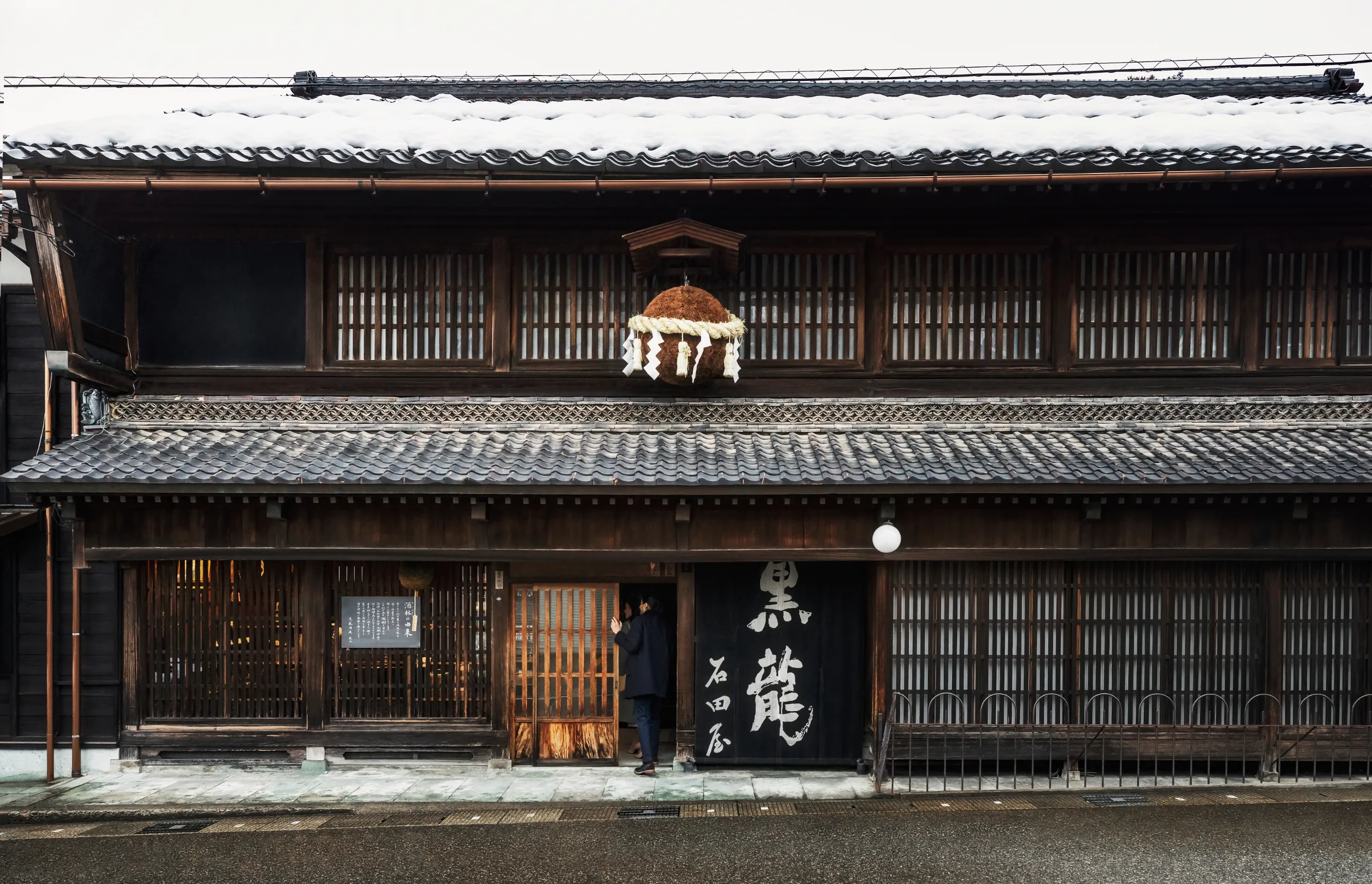
Hidden Feasts in Japan | Sake Brewery Tour KOKURYU
Discover Japan’s best-kept regional dining secrets, from family-run izakayas to remote mountain tea houses, showcasing traditional craft and culinary excellence in equal measure
Whether Michelin-starred restaurants or pulsing food markets, Japan’s culinary scene never fails to impress. But far from neon skylines and shinkansen platforms, the country’s rural heartlands offer a different kind of luxury dining – one shaped by time, craft and a profound respect for place.
Meals draw on what is seasonal, wild or grown nearby. Artisans work with knowledge passed through generations and landscapes themselves become part of the experience. To travel here is to slow down, to taste more deeply and to understand Japan not as a destination, but as a state of presence.
Mountain rituals in Yamagata
In northern Yamagata Prefecture, travellers are invited into the world of the Yamabushi, ascetic mountain practitioners who follow centuries-old pathways through the sacred peaks of Dewa Sanzan. Their spiritual ascetic training known as Shugendo is not performative or theatrical; it’s quiet, elemental and deeply rooted in place. And visitors can slow their pulse on multi-day training retreats from Mt. Haguro, replete with purification rituals, meditation and accommodation in pilgrim lodges.
Days begin before sunrise as mist gathers among towering cedar groves. The path winds past ancient shrines and waterfalls, the air scented with moss and cold stone. Silence is part of the instruction. The mountains become both teacher and text.
Meals in forest temples follow the same philosophy. Known as shojin ryori, the cuisine draws from mountain vegetables, roots and wild herbs, prepared with a simplicity that highlights their natural flavours. Rice is steamed over wood fire, tofu is made fresh, pickles are local and deeply savoury. It’s a reminder that culinary luxury can also mean restraint.

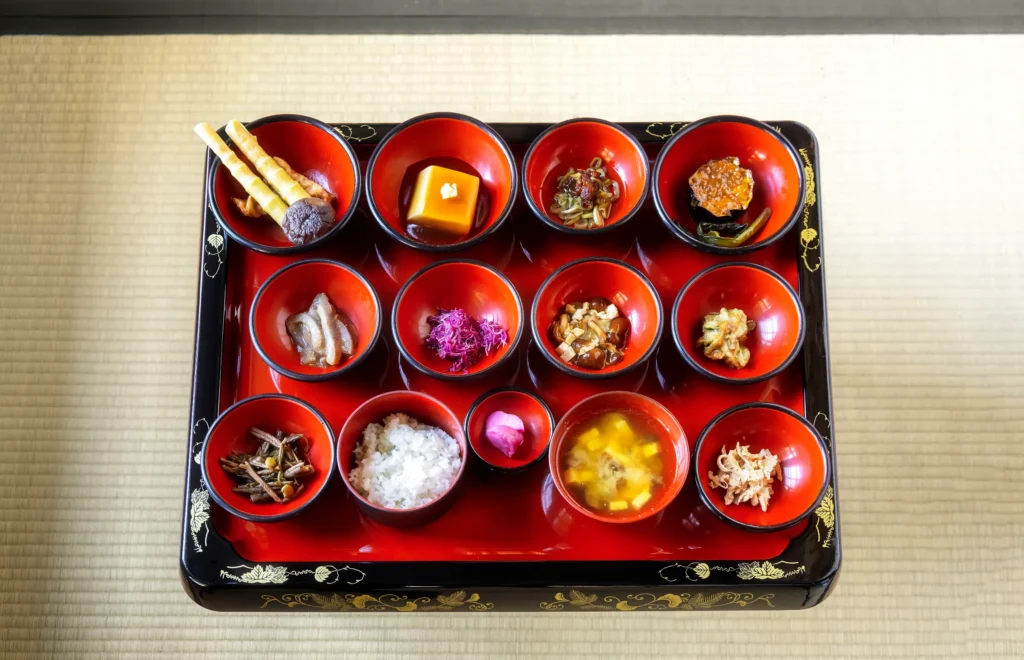
Crafted by forest and hand in Yoshino, Nara
In Yoshino, deep in Nara Prefecture, the story of craftsmanship begins far before it reaches the workshop. The forests here are among the most carefully managed in Japan, shaped over centuries through sustainable cycles of planting, thinning and harvesting. The result is the famed Yoshino cedar and cypress – pale, fragrant and exceptionally fine-grained.
Travellers meet the people who steward these forests (known as yamamori) – horticulturalists who speak of the land with reverence, alongside woodworkers who carve, plane and join with movements that feel almost meditative. In a quiet workshop overlooking a river, the scent of fresh timber hangs in the air and shavings gather on the floor in delicate curls.
A private woodworking session reveals the philosophy at the heart of Yoshino craft: the artisan does not dominate the material, they listen to it. The aim is harmony, balance and respect.
A meal shared after the workshop draws directly from the surrounding landscape: river fish grilled over charcoal, seasonal mountain greens, rice grown in terraced fields nearby. The connection between land, craft and taste becomes unmistakable.

The art of fermentation in Miyagi and Fukui
The culture of Japanese spirits is deeply tied to climate, water and local history. In northern Miyagi Prefecture, travellers step into atmospheric sake breweries like Urakasumi, where cedar barrels rise like pillars and fermentation of speciality Kura no Hana rice unfolds slowly in cool, shadowed rooms. A brewer (or toji) offers tastings that reveal nuance across each glass: soft mineral purity, savoury depth, notes of orchard blossom.
Understanding sake here is not about developing expertise. It is about learning to recognise patience.


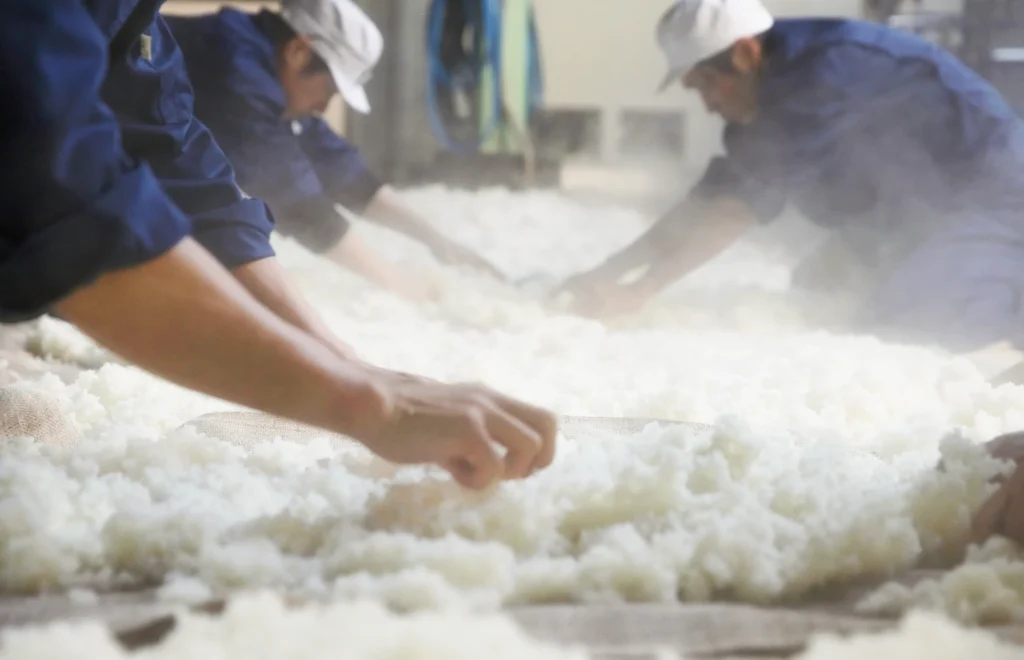
In Fukui Prefecture, the narrative continues through age-old distilleries that continue to redefine Japanese luxury drink culture. Visit Kokuryu brewery’s new tasting room ESHIKOTO – a fusion of understated spaces framed by wide windows that open onto forests and river valleys. Each pour here reflects the region’s character: clean, seasonal, precise.
These producers do not emphasise exclusivity, though many of their labels remain known only within Japan. Their focus is connection: to water, grain, land and heritage. To taste these spirits where they are made is to experience Japan’s agricultural and craft traditions as one continuous, living lineage.
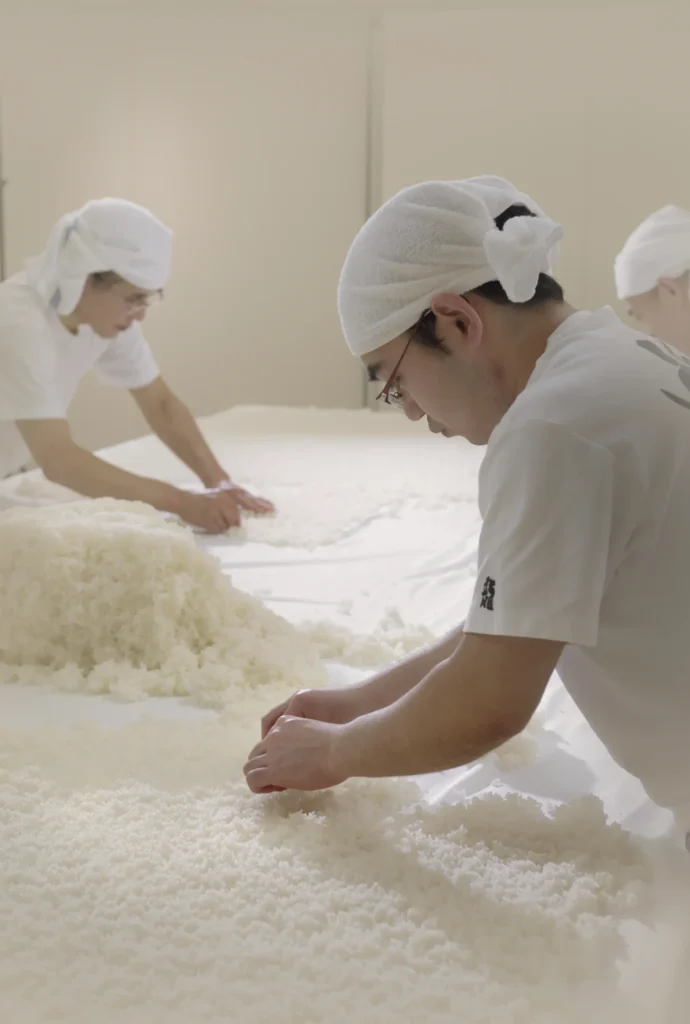
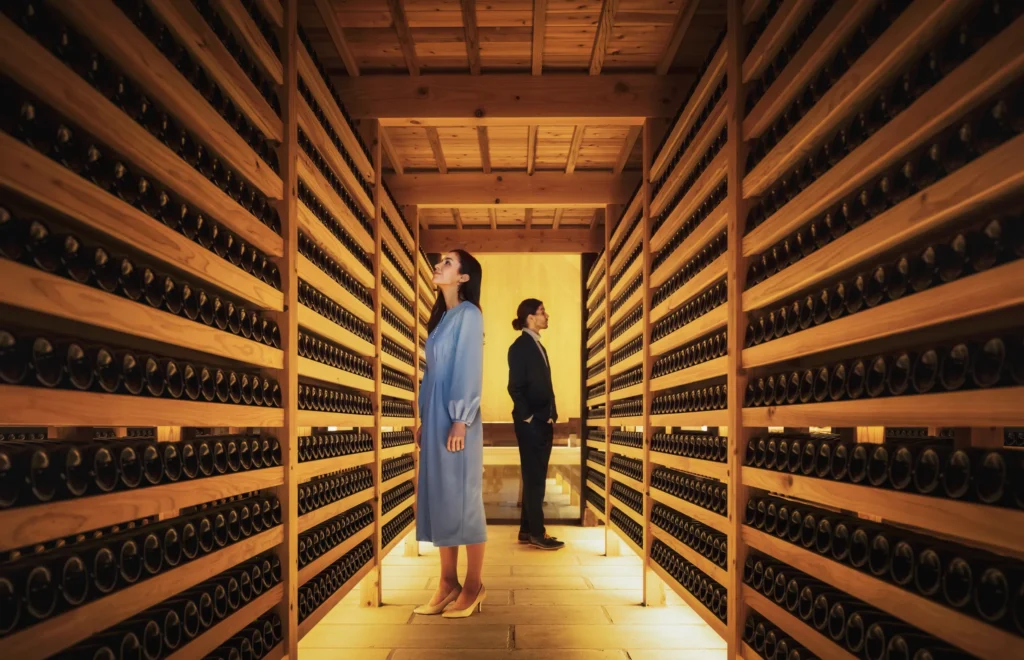

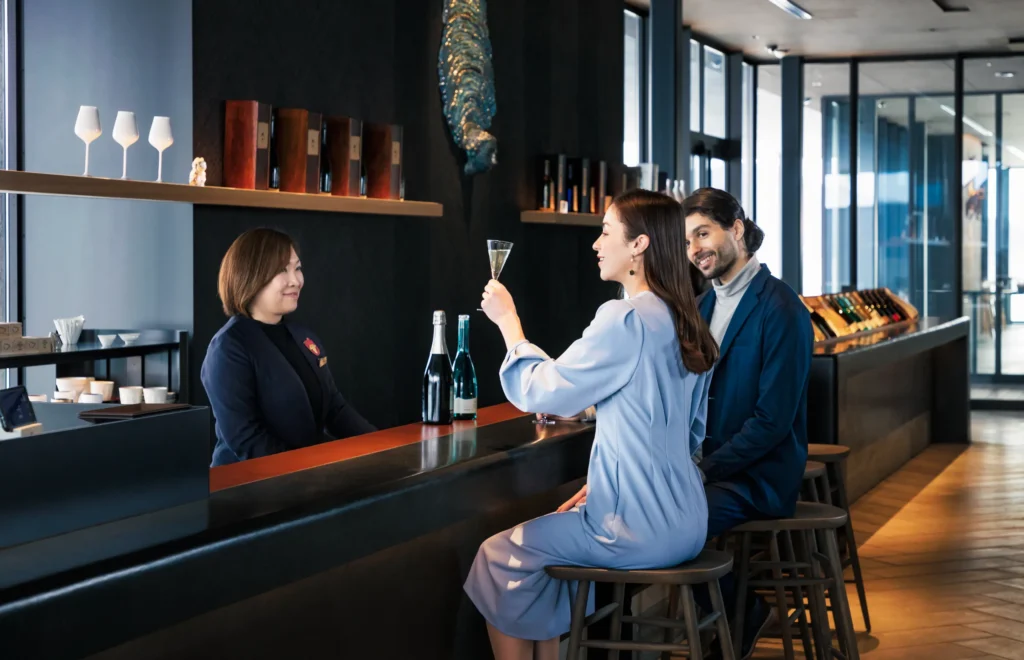
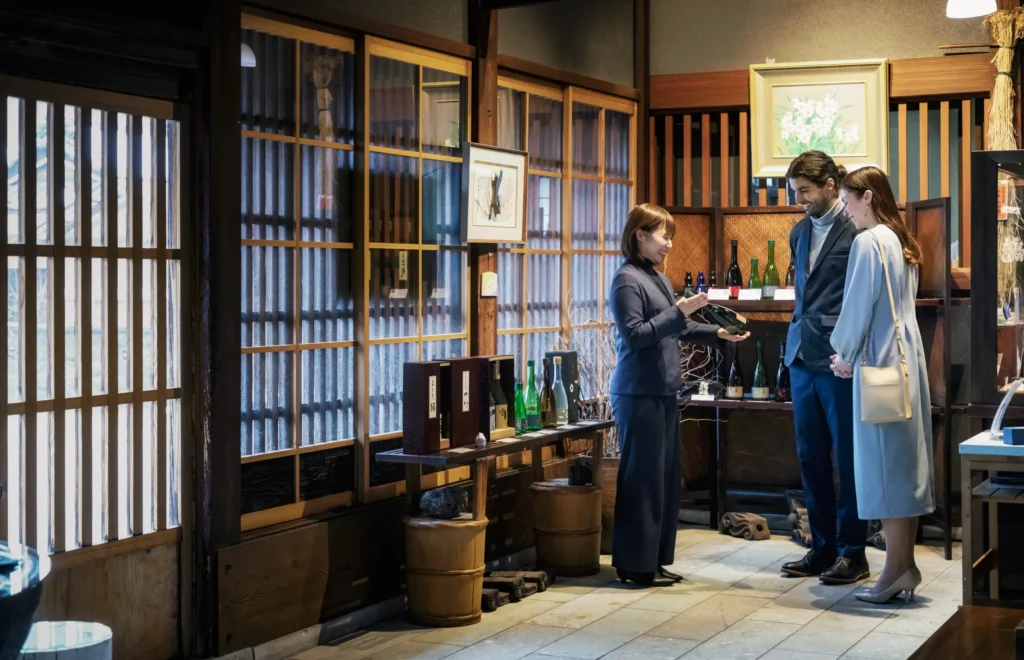


Clay, fire and ceremony in Saga and Ishikawa
In the hills of Saga Prefecture, the town of Arita has shaped the identity of Japanese porcelain for over 400 years. Kilns here still burn steadily, and studios remain small and deeply personal. Travellers can join private tours to watch potters at the wheel, painters steady their hands over fine glazes, and craftspeople work with quiet concentration. A single bowl may take weeks, sometimes months, to complete, featuring a traditional blue underglaze or an overglaze enamel known as Kakiemon.
These very bowls are used in the region’s exquisite kaiseki meals – multi-course feasts that pay homage to the land and are as pretty to look at as they are tasty.



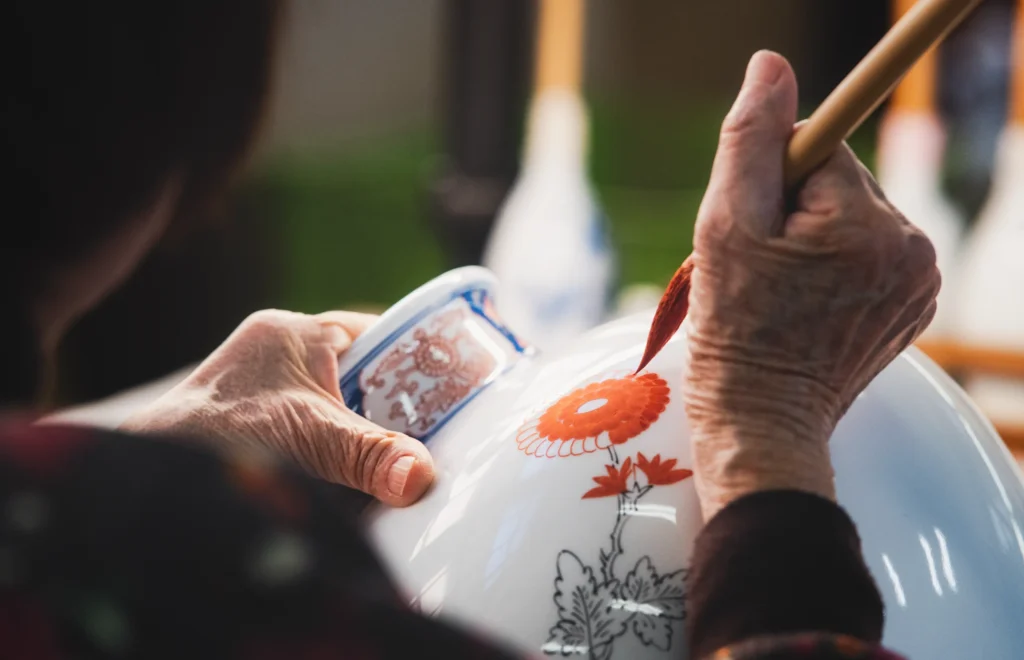
Further north in central Ishikawa Prefecture, the tea ceremony becomes an intimate act of hospitality. Inside a restored wooden townhouse in Kanazawa, tea master Sokyu Nara of Urasenke tea school guides guests through a dialogue of small, precise movements. The experience (known as sado, or ‘way of tea’) is contemplative rather than formal: a shared moment defined by stillness, scent and texture. To complement, restaurants serve simple, healthy meals known as cha-kaiseki: soup and small side dishes made with seasonal ingredients.

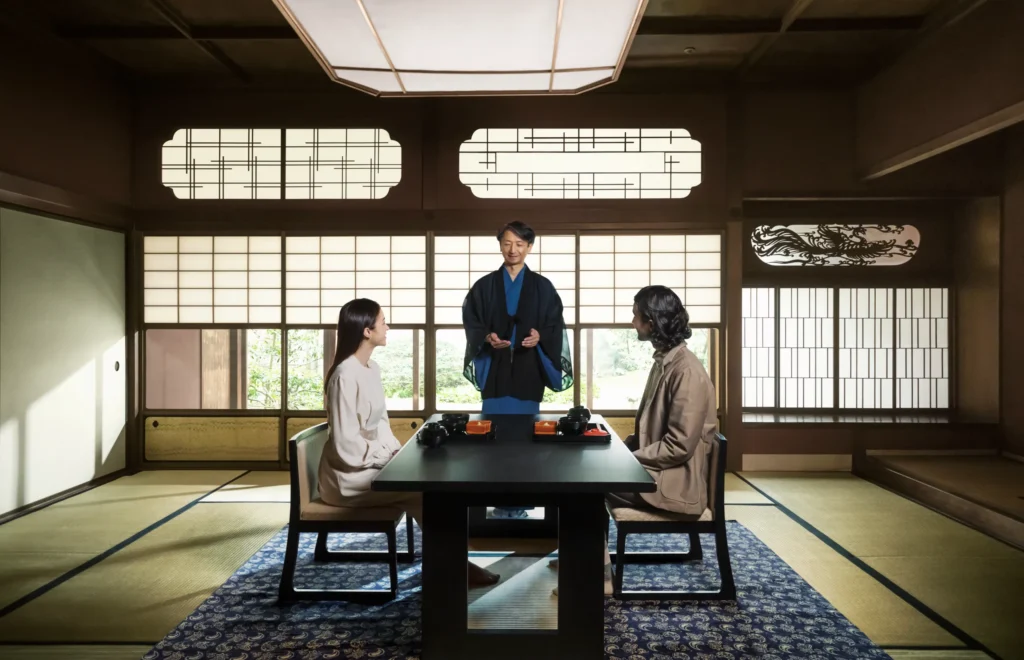



Beyond the tearoom, ateliers throughout the city produce gold leaf, lacquerware and dyed silk using techniques that date back centuries. Each object is designed as an extension of daily ritual – proof that beauty has always been part of ordinary life here.
Go in the running to win two return flights to Japan in partnership with All Nippon Airways (ANA), the perfect opportunity to get beautifully lost. Get in fast – you have until 15 December 2025 to enter here.
Latest Articles
Don't miss the latest from Luxury Travel
